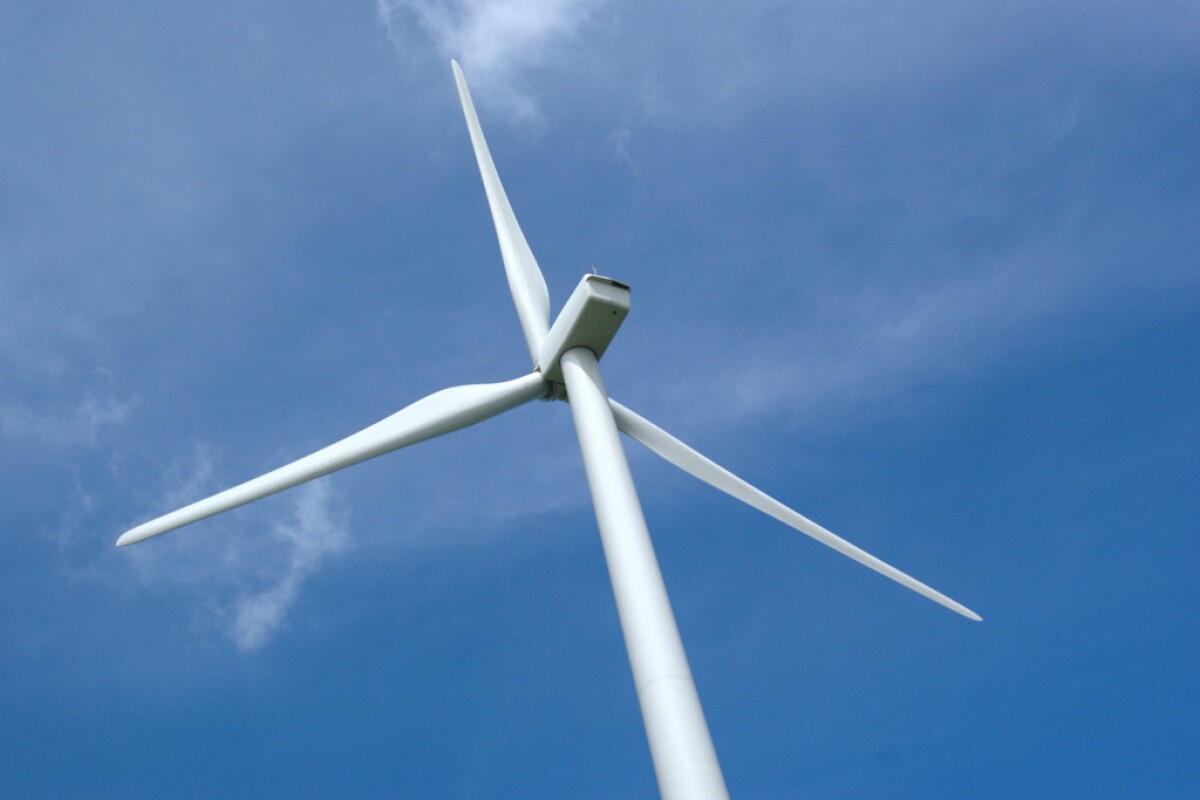Engineers at Iowa State University think concrete columns could be the key to building taller, higher-powered wind turbines. By making the switch from steel to concrete, it's thought that the upper limit of turbine column height could be raised from 80 m (262 ft) to over 100 m (328 ft).
"We have definitely reached the limits of steel towers," says Sri Sritharan, Wilson Engineering Professor at Iowa State in a University press release. "Increasing the steel tower by 20 meters will require significant cost increases and thus the wind energy industry is starting to say, 'Why don't we go to concrete?'"
To answer that question the engineers used the hydraulic testing equipment at the University's Structural Engineering Research Laboratory to see if hexagonal sections of concrete column could withstand 150,000 lb (68,000 kg) of lateral load, which is 20 percent more than the peak load in turbine columns of this height. The team tested three different methods of construction, all of which passed the threshold.
The researchers think that the use of concrete will extend the life of wind turbines, as well as making transportation easier due to the use of smaller parts. Taller columns would allow the user of longer turbine blades, and the harvesting of energy from less turbulent winds; factors which could increase energy production by 15 percent.
"I definitely think we're getting close to being able to use this technology in the industry," said research engineer Grant Schmitz.
Source: Iowa State University, via Clean Technica






